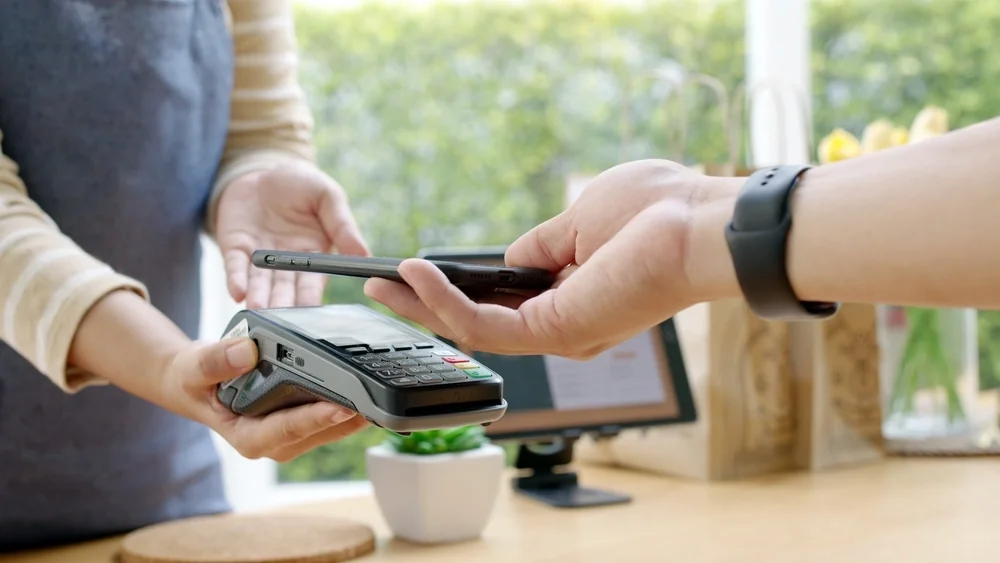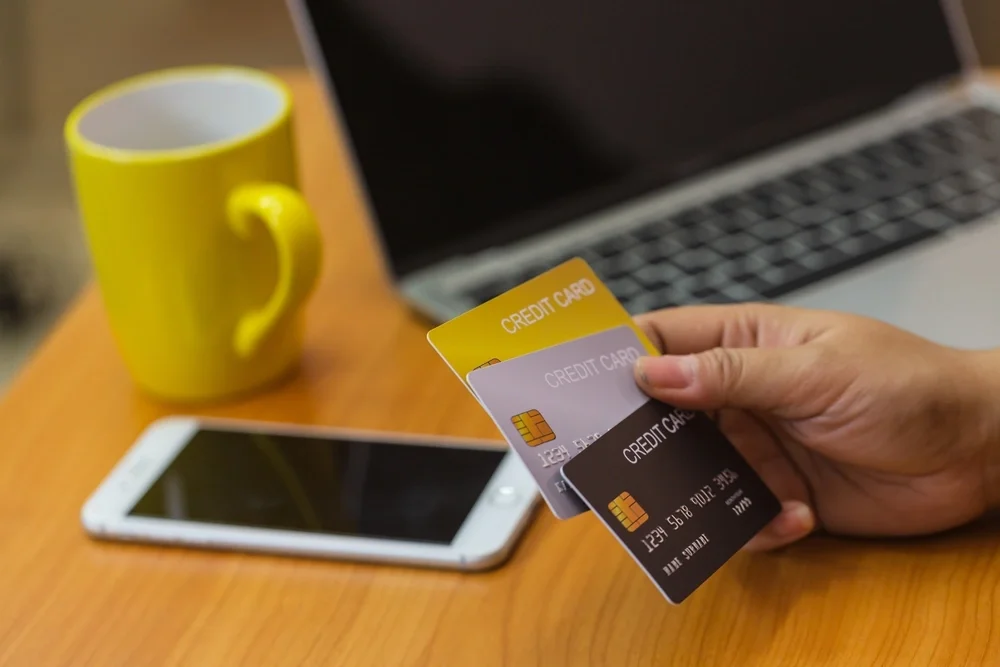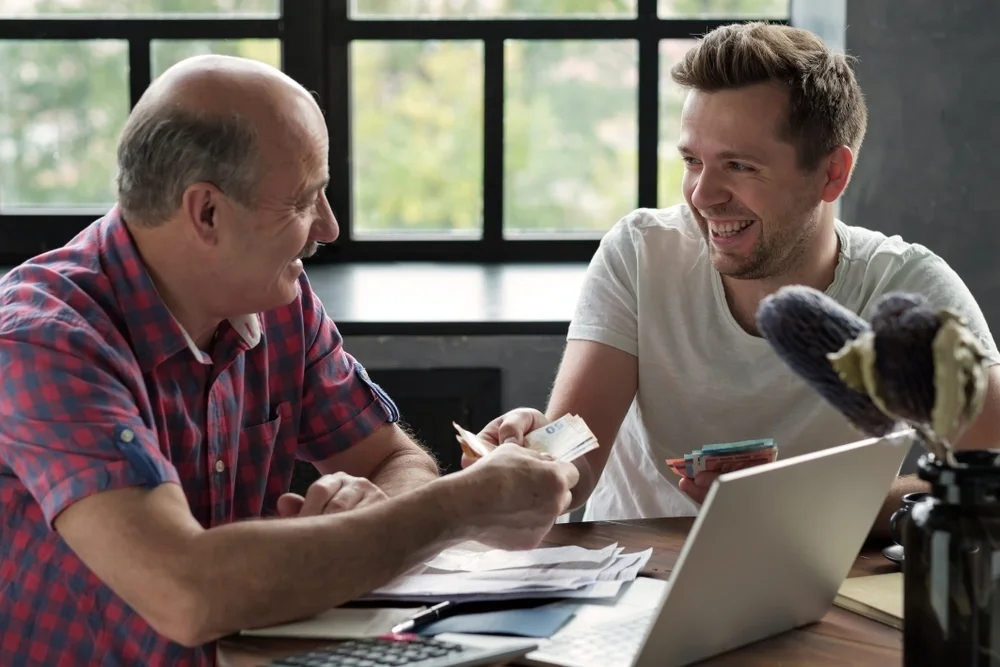Cash stuffing - also known as the ‘cash envelope system’ - is a budgeting method that has been around for years but has recently gained in popularity due to the cost-of-living crisis.
With this technique, you manage your monthly outgoings by ‘stuffing’ cash into envelopes with different categories, such as food or petrol - instead of paying with a debit card. The aim is to keep within the spending limit you’ve set for each category.
It’s based on an accounting concept called 'zero-based allocation budgeting’, which focuses on organising your finances afresh - from a ‘zero base’ - for each upcoming period (e.g., each month or week).
How to begin cash stuffing
This is how it works in practice:
1. Buy stationery
First of all, you’ll need to buy some cash-stuffing envelopes and a cash envelope wallet to keep them in. You can find both of these products on websites like Etsy and Amazon.
2. Create a budget
You’ll also need to list all your outgoings for the month ahead to see how much you’re looking to spend on different things. Do you have a birthday or special occasion coming up, for example?
3. Choose your categories
Categories may include outgoings such as:
- Food
- Petrol
- Medical
- Eating Out
- Entertainment
- Clothing
- Hair/beauty
- Hobbies
- Savings
- Miscellaneous (e.g., gifts)
What you choose to include will depend on your wants and needs for the upcoming month and how much disposable income you have. You could just focus on one category for the first month and see how it goes. Then you could always add more categories if you find cash stuffing is working for you.
Although categories aren’t set in stone – and you can move cash between envelopes, if necessary - try not to get into the habit of doing this, as it could derail your budget.
4. Label your cash envelopes
Once you’ve decided on your categories, you can label your envelopes. If you have a partner or housemate who also contributes towards these outlays, you could use two envelopes per category, so you have one each. This will make it more convenient if you go shopping separately.
5. Withdraw cash from the bank - and get envelope stuffing!
Next, divide and ‘stuff’ the cash into your labeled money envelopes. You could organise these in a wallet or binder like this one from MadeBySarahMay on Etsy starting from £10.45. Having them all in one place will make it much easier to manage when it comes to paying at the till – and it’s less likely that you’ll misplace any cash!
How do you pay your bills with cash stuffing?
You could use this technique to pay your household bills if your providers accept cash. However, you may decide to set up direct debits for your priority bills instead, so that you never miss a payment. Always paying things like your mortgage, utility bills, and debts on time should boost your credit score – but not doing so will have the opposite effect.
So, you could just apply cash stuffing to your non-priority bills instead, like food and petrol. It’s totally up to you!
Is cash stuffing a good idea?
It depends on your individual circumstances. Let’s take a look at the pros and cons.
Pros:
- You may feel more in control of your spending because you can physically see how much cash you have left
- It can reduce your chances of impulse buying
- It can help you put money aside for savings, so you’re less reliant on credit in case of an emergency
Cons:
- Cash is less convenient than a debit card
- You won’t gain interest on savings - or cashback on purchases (if your current account comes with that facility)
- You might not feel safe carrying large sums of money around with you
Is there a cash-stuffing app?
Yes, if you want to use this budgeting method but you are worried about carrying cash around with you, there are cash-stuffing apps available. For example, Emma lets you set budgets for custom categories. It’s free to download, with in-app purchases available. While the concept is the same, you may potentially find an app less effective than having the physical cash in front of you.
Looking for more budgeting ideas? Read on to find out about the 50/20/30 rule.
Disclaimer: We don’t receive any money from these retailers or apps for including them in this blog. Prices are correct at the time of writing: 11th January 2023.
Adele is a personal finance writer with more than 10 years in the finance industry behind her. She writes clear and engaging guides on all things loans for Ocean, as well as contributing blogs to help people understand their options when it comes to money.
![Email icon]()
Become a money maestro!
Sign up for tips on how to improve your credit score, offers and deals to help you save money, exclusive competitions and exciting products!
Find this useful? Share it with others!









